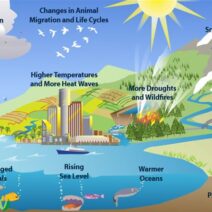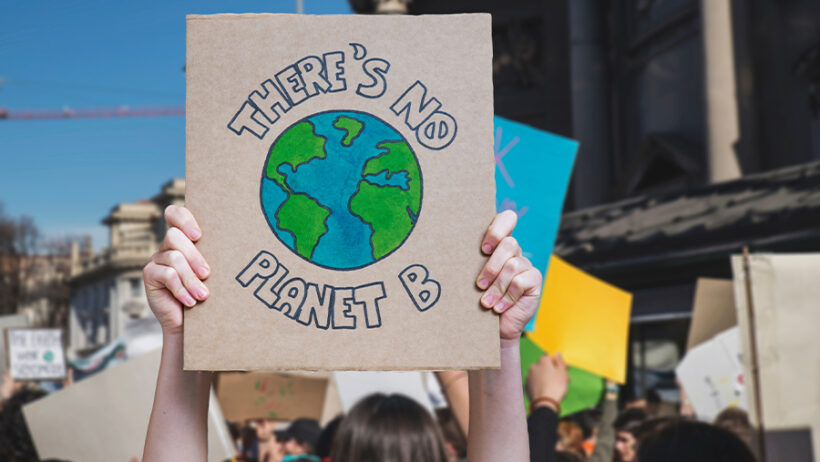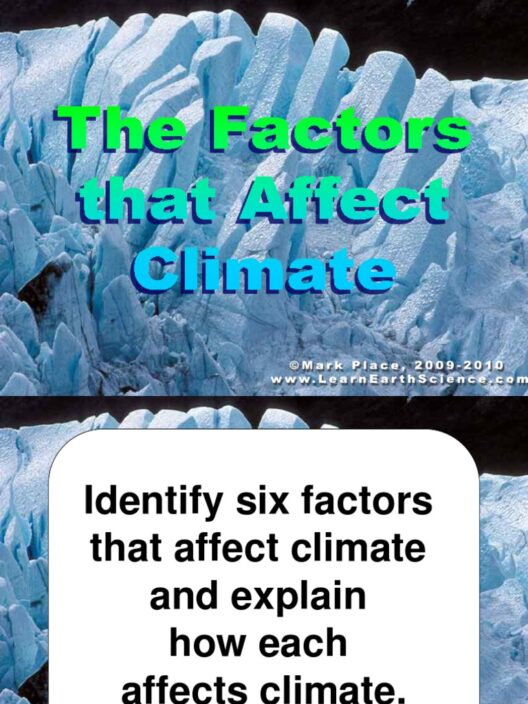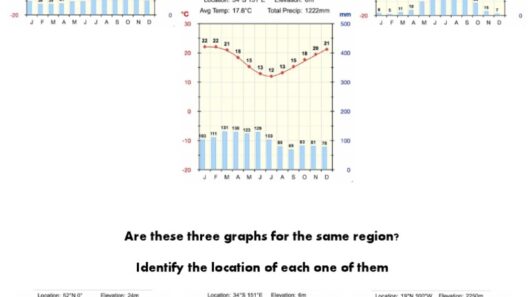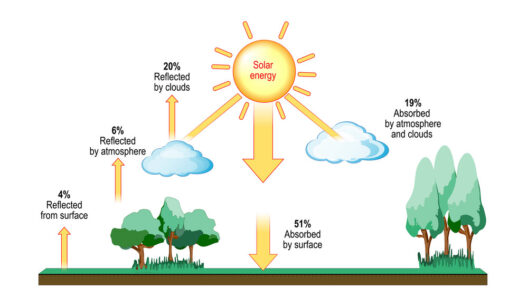The gravity of climate change is irrefutable; its repercussions are etched in the very fabric of our planet’s ecosystems, our economies, and our collective consciousness. Yet, amid the cacophony of despair and urgency surrounding this pressing issue, it is essential to embrace a trajectory that champions hope, optimism, and actionable solutions. How can we dismantle the disillusionment surrounding climate action while fostering innovation and resilience? Let’s traverse this intricate landscape together.
In contemplating solutions, it is vital to recognize that we encounter a multilayered conundrum. Climate change is not merely an environmental issue but rather a nexus of social, economic, and political dimensions that intersect globally. Thus, the resolution necessitates an integrated approach. The challenge lies in mobilizing individuals, organizations, and governments toward a unified vision of sustainability. So, what if we dared to reimagine our energies and resources? Could we foster a mindset that doesn’t just acknowledge the gravity of climate change but ardently attacks it with creativity and innovation?
Fundamentally, the energy sector stands at the epicenter of climate transformation. The transition from fossil fuels to renewable energy sources is paramount. Contrary to popular belief, this transition need not incite apprehension about job losses in traditional industries. Instead, it offers unparalleled opportunities to cultivate new skilled positions in the burgeoning green economy—solar panel manufacturing, wind turbine maintenance, and energy efficiency consulting are merely a glimpse into the future. This trajectory not only answers the need for sustainable practices but also invigorates local economies.
Turning our gaze to waste management illuminates another pathway to mitigating our carbon footprint. Are we truly maximizing the potential of our resources? Effective waste reduction and recycling initiatives can substantially diminish greenhouse gas emissions. Empowering communities through educational campaigns that disseminate knowledge about composting, zero-waste economies, and upcycling can transform the way we perceive waste. When one person’s trash becomes another’s treasure, we foster ingenuity within local communities and inspire collaborative, sustainable practices.
The agricultural sector also plays a pivotal role in this narrative. Conventional farming techniques have wrought havoc on our soils, water supplies, and the broader ecosystem. Thus, integrating sustainable practices such as regenerative agriculture, permaculture, and integrated pest management can enhance soil health, sequester carbon, and ultimately yield nutritious food. Embracing these holistic approaches lays the groundwork for a resilient food system that has the potential to withstand climate perturbations while addressing food security concerns.
Moreover, discerning the power of technology in combating climate change opens realms of possibility. From artificial intelligence optimizing energy consumption to blockchain enhancing transparency in carbon credits, innovation is a game-changer. Local governments can leverage these technologies to create intelligent urban infrastructures that promote efficient energy usage. In doing so, we not only reduce emissions but also elevate the quality of life for residents, forging vibrant, interconnected communities.
However, the road to a climate-resilient future is not devoid of complexity. Policy reform is paramount; legislation must mirror the urgency of the climate crisis we face. Engaging citizens in advocacy is enticing, yet it poses an intricate challenge. How do we galvanize individuals to shift from passive observers to active participants in a democratic process? The answer lies in creating inclusive platforms for dialogue—forums where citizens can voice concerns, share innovative solutions, and hold leaders accountable. This participatory approach rekindles a sense of agency and ownership over the climate agenda.
Furthermore, fostering collaboration across disparate sectors is integral to surmounting the enormity of climate change. Imagine a synergy where industry leaders partner with grassroots organizations, scientists collaborate with artists, and technologists merge efforts with policymakers. Through interdisciplinary cooperation, each sector can capitalize on its unique strengths, effectively merging creativity with scientific rigor to yield robust, scalable solutions. This ecosystem of collaboration can transform disparate efforts into cohesive strategies, igniting a movement toward a sustainable future.
In the realm of individual action, small behavioral shifts can catalyze significant change. Whether it is adopting a plant-based diet, reducing water use, or utilizing public transportation, each conscious choice contributes to a collective impact. Yet, this leads us to ponder: How do we inspire consistent commitment to sustainable practices in daily life? One potential answer is community engagement. Initiatives that encourage neighborhood groups to embark on sustainability challenges can foster camaraderie and make eco-friendly practices feel attainable and enjoyable.
It is essential to maintain a discourse that reiterates the inherent beauty in taking action against climate change. Allowing hope to permeate this conversation serves to motivate individuals and communities; it shifts the narrative from one of despair to one of possibility. Celebrate the incremental victories—every tree planted, every kilowatt saved, every local business that adopts sustainable practices. In recognizing these strides, we nurture a culture of perseverance tempered with optimism.
Ultimately, fixing global climate change without succumbing to despair is not just possible—it is essential and urgent. By embracing innovative solutions, forging alliances, reforming policies, and energizing individuals, we can frame a narrative steeped in hope. The journey may be fraught with challenges, but it is also peppered with opportunities for resilience and transformation. Conclusively, let us envision a sustainable future not as an unattainable dream but as a concerted reality we can construct together.
